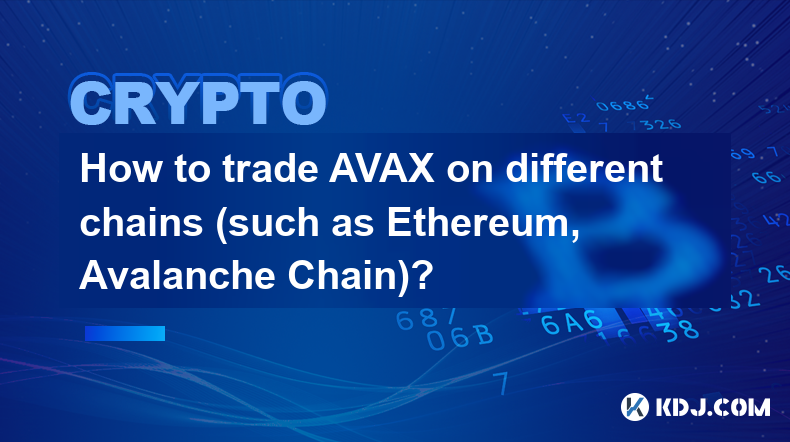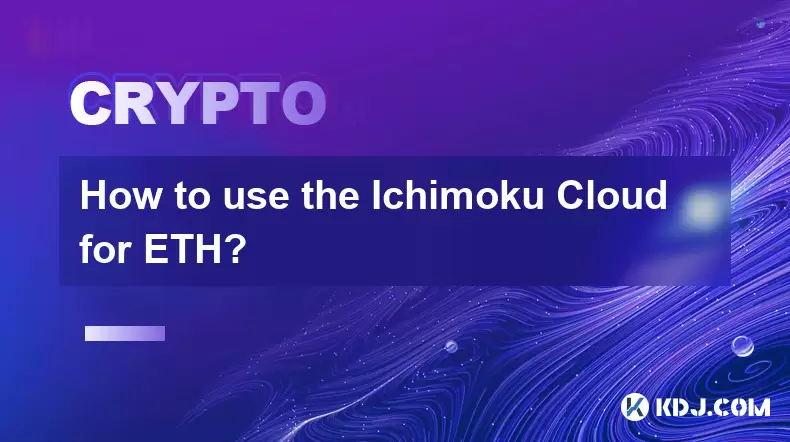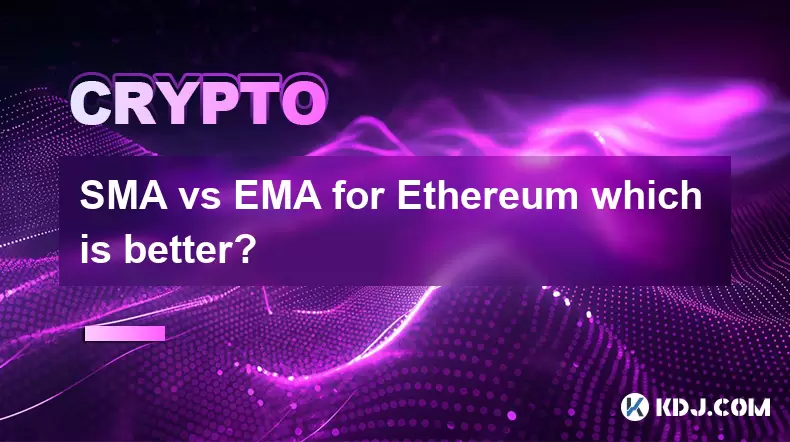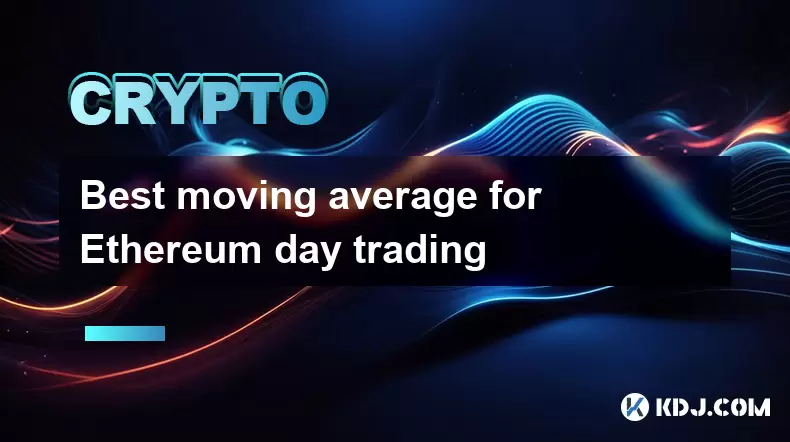-
 Bitcoin
Bitcoin $118100
0.28% -
 Ethereum
Ethereum $3565
-0.39% -
 XRP
XRP $3.434
0.06% -
 Tether USDt
Tether USDt $1.000
0.00% -
 BNB
BNB $732.7
-1.24% -
 Solana
Solana $177.8
-0.46% -
 USDC
USDC $0.9998
0.00% -
 Dogecoin
Dogecoin $0.2435
2.87% -
 TRON
TRON $0.3189
-2.47% -
 Cardano
Cardano $0.8262
-0.47% -
 Hyperliquid
Hyperliquid $44.98
1.44% -
 Stellar
Stellar $0.4642
-1.36% -
 Sui
Sui $3.787
-2.64% -
 Chainlink
Chainlink $18.12
0.40% -
 Hedera
Hedera $0.2697
0.62% -
 Avalanche
Avalanche $23.86
-0.29% -
 Bitcoin Cash
Bitcoin Cash $505.5
-2.16% -
 Shiba Inu
Shiba Inu $0.00001473
-0.73% -
 UNUS SED LEO
UNUS SED LEO $8.982
0.16% -
 Toncoin
Toncoin $3.174
-3.45% -
 Litecoin
Litecoin $101.8
-3.26% -
 Polkadot
Polkadot $4.268
-1.77% -
 Uniswap
Uniswap $10.16
-1.13% -
 Monero
Monero $327.1
-0.06% -
 Ethena USDe
Ethena USDe $1.001
-0.02% -
 Bitget Token
Bitget Token $4.888
-0.98% -
 Pepe
Pepe $0.00001317
-1.85% -
 Dai
Dai $0.9999
-0.01% -
 Aave
Aave $317.8
-0.66% -
 Bittensor
Bittensor $416.8
1.45%
How to trade AVAX on different chains (such as Ethereum, Avalanche Chain)?
Trade AVAX on Avalanche using DEXs like Trader Joe, or bridge it to Ethereum for WAVAX trading on Ethereum's DEXs and CEXs, considering fees and security.
Apr 21, 2025 at 04:29 am

Trading AVAX, the native cryptocurrency of the Avalanche network, can be done across different blockchains like Ethereum and the Avalanche Chain itself. This article will guide you through the process of trading AVAX on these platforms, highlighting the steps and considerations for each.
Understanding AVAX and Its Ecosystem
AVAX is the native token of the Avalanche network, a high-performance blockchain designed for decentralized applications and custom blockchain networks. The token is used for staking, transaction fees, and governance within the Avalanche ecosystem. Trading AVAX across different chains involves understanding the interoperability features of these blockchains and the tools available for cross-chain transactions.
Trading AVAX on the Avalanche Chain
To trade AVAX on the Avalanche Chain, you will need to use a decentralized exchange (DEX) or a centralized exchange (CEX) that supports the Avalanche network. Here’s how you can do it:
- Choose a Wallet: First, you need a wallet that supports the Avalanche network. Popular options include MetaMask, which can be configured to work with Avalanche, and the native Avalanche Wallet.
- Fund Your Wallet: Transfer AVAX to your wallet. If you are new to AVAX, you can purchase it on a CEX and then transfer it to your wallet.
- Select a DEX: Navigate to a DEX like Trader Joe or Pangolin, which operate on the Avalanche Chain. Connect your wallet to the DEX.
- Trade AVAX: Once connected, you can trade AVAX for other tokens available on the Avalanche Chain. Enter the amount of AVAX you want to trade, select the token you want to receive, and confirm the transaction.
Trading AVAX on the Ethereum Chain
Trading AVAX on the Ethereum Chain involves using a bridge to transfer AVAX from the Avalanche Chain to Ethereum. Here's how to do it:
- Use a Bridge: A popular bridge for transferring AVAX to Ethereum is the Avalanche Bridge. Visit the bridge's website and connect your Avalanche wallet.
- Initiate Transfer: Enter the amount of AVAX you want to transfer to Ethereum and confirm the transaction. This process may involve a waiting period and a fee.
- Receive AVAX on Ethereum: Once the transfer is complete, you will receive an equivalent amount of wrapped AVAX (WAVAX) on the Ethereum Chain.
- Trade WAVAX: Now, you can trade WAVAX on any DEX or CEX that supports Ethereum. Connect your Ethereum wallet (like MetaMask) to the platform and execute trades as you would with any other ERC-20 token.
Considerations for Cross-Chain Trading
When trading AVAX across different chains, there are several factors to consider:
- Fees: Cross-chain transfers often involve higher fees compared to on-chain transactions. Be aware of the costs associated with bridging AVAX.
- Security: Ensure that you are using reputable bridges and wallets to minimize the risk of hacks or scams.
- Liquidity: Liquidity can vary significantly between different chains. Check the liquidity of the tokens you are interested in trading to ensure you can execute your trades efficiently.
Trading AVAX on Other Chains
While Ethereum and Avalanche are the primary chains for trading AVAX, other blockchains like BSC (Binance Smart Chain) and Polygon also support AVAX trading through similar bridging mechanisms. The process involves:
- Choosing a Bridge: Depending on the target chain, select a bridge that supports transfers between Avalanche and the desired blockchain.
- Transferring AVAX: Follow the bridge's instructions to transfer AVAX to the new chain, where it will be converted to a wrapped version (e.g., WAVAX on BSC).
- Trading on the New Chain: Once the transfer is complete, you can trade the wrapped AVAX on DEXs or CEXs that support the target blockchain.
Using Centralized Exchanges for AVAX Trading
Centralized exchanges like Binance, Coinbase, and Kraken also offer AVAX trading. While these platforms do not require bridging, they provide a different set of considerations:
- Account Setup: Create an account on the CEX and complete the necessary KYC (Know Your Customer) verification.
- Deposit AVAX: Deposit AVAX into your CEX account from your wallet or purchase it directly on the platform.
- Trade AVAX: Use the exchange's trading interface to buy or sell AVAX against other cryptocurrencies or fiat currencies.
Frequently Asked Questions
Q: Can I trade AVAX directly between the Avalanche and Ethereum chains without using a bridge?
A: No, direct trading between the Avalanche and Ethereum chains is not possible without a bridge. You need to use a bridge to convert AVAX to WAVAX on the Ethereum Chain before you can trade it.
Q: Are there any risks associated with using bridges for cross-chain transfers?
A: Yes, there are risks involved, including smart contract vulnerabilities and potential hacks. Always use reputable bridges and follow best practices for securing your assets.
Q: How long does it take to transfer AVAX from one chain to another using a bridge?
A: The duration can vary depending on the bridge and network conditions. Typically, it can take anywhere from a few minutes to several hours.
Q: Can I stake AVAX on chains other than the Avalanche Chain?
A: No, staking AVAX is only possible on the Avalanche Chain. Wrapped versions of AVAX on other chains cannot be staked.
Disclaimer:info@kdj.com
The information provided is not trading advice. kdj.com does not assume any responsibility for any investments made based on the information provided in this article. Cryptocurrencies are highly volatile and it is highly recommended that you invest with caution after thorough research!
If you believe that the content used on this website infringes your copyright, please contact us immediately (info@kdj.com) and we will delete it promptly.
- XRP Mining for Passive Wealth: Is It the 2025 Crypto Gold Rush?
- 2025-07-19 22:50:12
- Aptos Price Analysis: Bullish Momentum Building?
- 2025-07-19 23:30:12
- Bitcoin, XRP, XYZVerse: Crypto's Highs, Community Dreams, and Meme Coin Mania
- 2025-07-19 23:30:12
- India's Wealthy Embrace Crypto: A New Era of Digital Investment
- 2025-07-19 22:30:12
- XRPL's TVL Surge: DeXRP's Ambitious DEX and SUI's Rise
- 2025-07-19 22:50:12
- ARB Price Rally: Breaking Free from the Descending Channel
- 2025-07-19 23:50:12
Related knowledge

What is Polkadot (DOT)?
Jul 19,2025 at 06:35pm
Understanding the Basics of Polkadot (DOT)Polkadot (DOT) is a multi-chain network protocol designed to enable different blockchains to transfer messag...

How to add indicators to Ethereum chart on TradingView?
Jul 19,2025 at 07:15am
What Is an Ethereum Chart on TradingView?The Ethereum chart on TradingView is a visual representation of the price movement of Ethereum (ETH) over a s...

How to use the Ichimoku Cloud for ETH?
Jul 18,2025 at 09:56pm
Understanding the Ichimoku Cloud and Its ComponentsThe Ichimoku Cloud, also known as Ichimoku Kinko Hyo, is a versatile technical analysis tool that p...

SMA vs EMA for Ethereum which is better?
Jul 19,2025 at 12:36am
Understanding the Basics of SMA and EMAIn the world of cryptocurrency trading, especially when dealing with Ethereum, technical indicators play a cruc...

Best moving average for Ethereum day trading
Jul 19,2025 at 01:42am
Understanding the Role of Moving Averages in Ethereum Day TradingIn the realm of Ethereum day trading, moving averages are indispensable tools for ide...

What is RSI indicator for Ethereum?
Jul 19,2025 at 03:07pm
Understanding the RSI IndicatorThe Relative Strength Index (RSI) is a momentum oscillator used in technical analysis to measure the speed and change o...

What is Polkadot (DOT)?
Jul 19,2025 at 06:35pm
Understanding the Basics of Polkadot (DOT)Polkadot (DOT) is a multi-chain network protocol designed to enable different blockchains to transfer messag...

How to add indicators to Ethereum chart on TradingView?
Jul 19,2025 at 07:15am
What Is an Ethereum Chart on TradingView?The Ethereum chart on TradingView is a visual representation of the price movement of Ethereum (ETH) over a s...

How to use the Ichimoku Cloud for ETH?
Jul 18,2025 at 09:56pm
Understanding the Ichimoku Cloud and Its ComponentsThe Ichimoku Cloud, also known as Ichimoku Kinko Hyo, is a versatile technical analysis tool that p...

SMA vs EMA for Ethereum which is better?
Jul 19,2025 at 12:36am
Understanding the Basics of SMA and EMAIn the world of cryptocurrency trading, especially when dealing with Ethereum, technical indicators play a cruc...

Best moving average for Ethereum day trading
Jul 19,2025 at 01:42am
Understanding the Role of Moving Averages in Ethereum Day TradingIn the realm of Ethereum day trading, moving averages are indispensable tools for ide...

What is RSI indicator for Ethereum?
Jul 19,2025 at 03:07pm
Understanding the RSI IndicatorThe Relative Strength Index (RSI) is a momentum oscillator used in technical analysis to measure the speed and change o...
See all articles

























































































